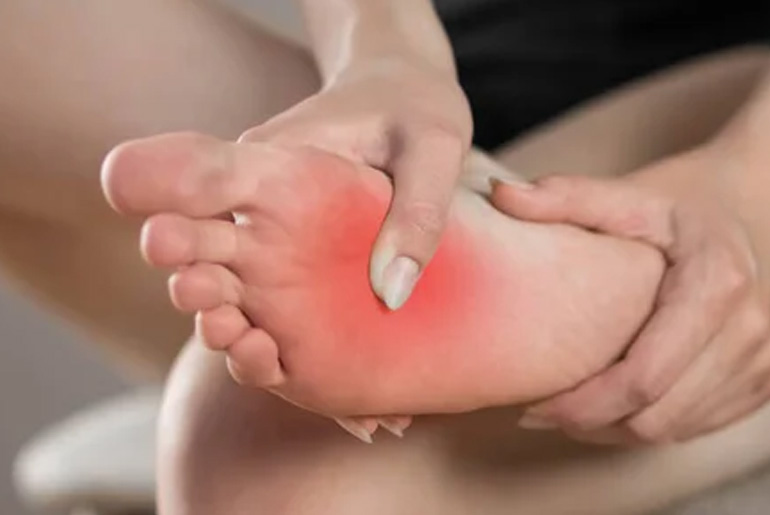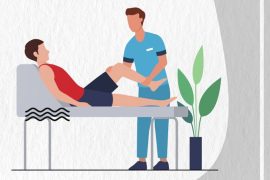Experiencing sharp and intense leg pain can be distressing and should be addressed with care. Instead of relying on unconventional methods for relief, such as having a child sit or stand on the affected area, it is crucial to identify the underlying cause of the pain. Potential causes include medical conditions like diabetes, high blood pressure, or arthritis, as well as muscle weaknesses in the gluteus, hamstrings, calves, or adductors. To manage the pain effectively, incorporating targeted exercises such as standing calf raises, standing hip abduction, and bird dog can help strengthen the muscles and improve stability. Additionally, professional guidance and proper diet and hydration are essential for optimal recovery and pain relief.
Causes of Intense Leg Pain
Leg pain can arise from various underlying issues, including:
- Health Conditions: Diabetes, high blood pressure, and arthritis are common conditions that can lead to intense leg pain.
- Muscle Weakness: Weakness in the gluteus muscles (which aid in stability and balance), hamstrings (responsible for bending the knees), calf muscles (essential for walking and running), and adductors (which stabilize the pelvis) can contribute to discomfort and pain.
Recommended Exercises for Pain Relief
Incorporating specific exercises can help strengthen the affected muscles and alleviate pain:
- Standing Calf Raises: Stand against a wall, raise your heels off the ground, and then lower them back down. Perform 15 repetitions for 3 sets.
- Standing Hip Abduction: Stand straight against a wall and lift one leg sideways, then lower it. Repeat 10 times per leg for 3 sets.
- Bird Dog: Kneel on the floor and extend one leg straight behind you while keeping your body stable. Perform 10 repetitions per leg for 12 sets.
These exercises target key muscle groups, improving strength and stability to reduce future pain. Standing hip abduction enhances the stability of the pelvis during walking, while bird dog and calf raises contribute to overall muscle strength.
Additional Considerations
- Professional Guidance: It is advisable to perform exercises under the guidance of a fitness trainer to ensure proper technique and prevent injury.
- Diet and Hydration: Proper nutrition and hydration are essential. Lack of vitamin E and dehydration can lead to calf cramps and pain.
By addressing the root causes and incorporating these exercises, individuals can effectively manage and reduce leg pain, leading to improved mobility and overall well-being.
Disclaimer:
The information contained in this article is for educational and informational purposes only and is not intended as a health advice. We would ask you to consult a qualified professional or medical expert to gain additional knowledge before you choose to consume any product or perform any exercise.







